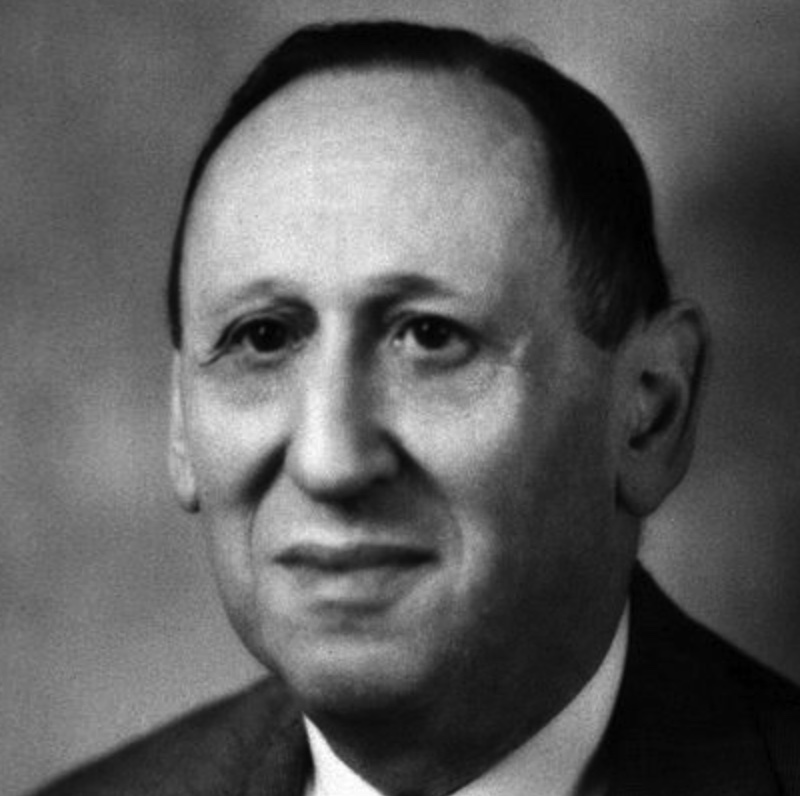Leo Kanner lived through the majority of the 1900s as an Austrian-American physician, psychiatrist, and social activist. He was born in Klekotów (which is now known as Klekotiv, Ukraine) to a traditional Jewish household. He moved to Berlin to live with his uncle in 1906 and emigrated to the United States in 1924.
A lot of his studies were focused on the socio-cultural perspective of psychology. He was a very strong social activist for mentally ill patients and neurodivergent children. In the 1930s he had tracked down 166 previously institutionalized mentally ill patients upon their releases to see that they had very tragic outcomes due to the lack of care. He was also concerned about how common it was for "intellectual-haves" look down on "intellectual-have-nots", and how many people saw intellectually disabled children as objects and not individual people.
In 1938, while working at John Hopkins University he observed 11 of his patients, who were all born in the 1930s. he chronicled their behavioral characteristics and lives in one of his papers published in 1943, "Autistic Disturbances of Affective Contact". They were described as all living very different lives yet sharing what he called "infantile autism", which is currently just known as Autism Spectrum Disorder (ASD), or simply autism.
Leo Kanner, while not being the first person to come up with the term "autism", was the first to classify it as an individual condition. Prior to his research, it was throught that autism was a term used for certain traits seen in adult schizophrenia patients, but Kanner stressed that "infantile autism" was independent from schizophrenia and that it was not a precursor to schizophrenia, and that the symptoms of infantile autism were notable from birth and early age, which would classify it as a neurodevelopmental condition. Of the 11 patients he observed and documented, Donald Triplett was the first to ever be diagnosed with autism. His name is widely known among the autistic community as the first diagnosed autistic person and is a very important figure to autistic history.


